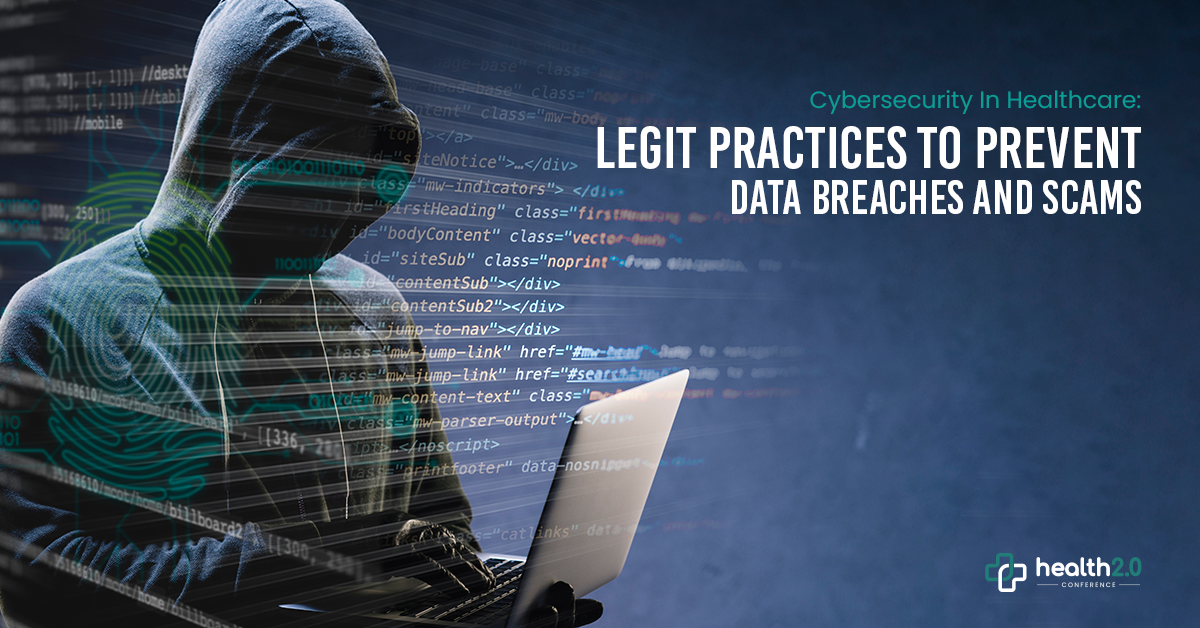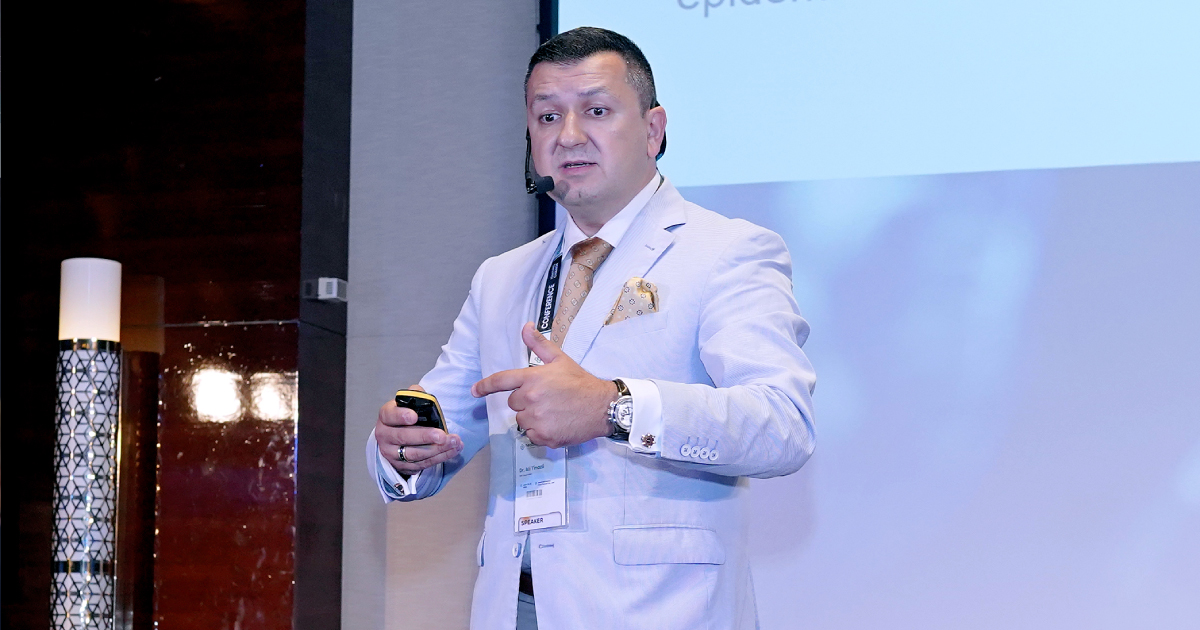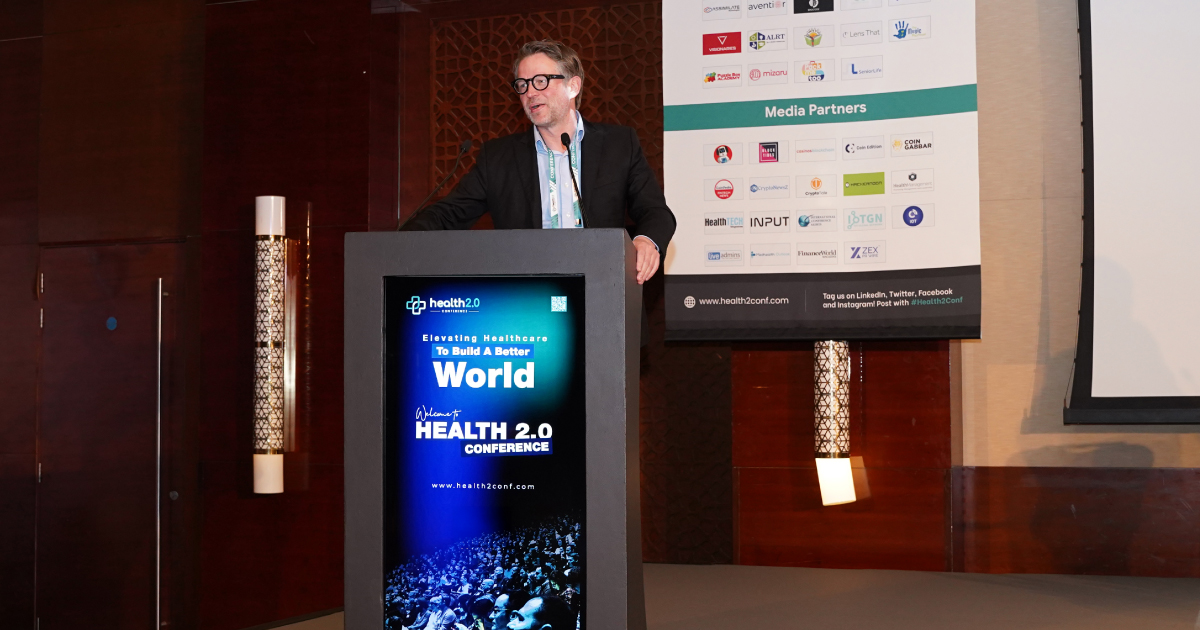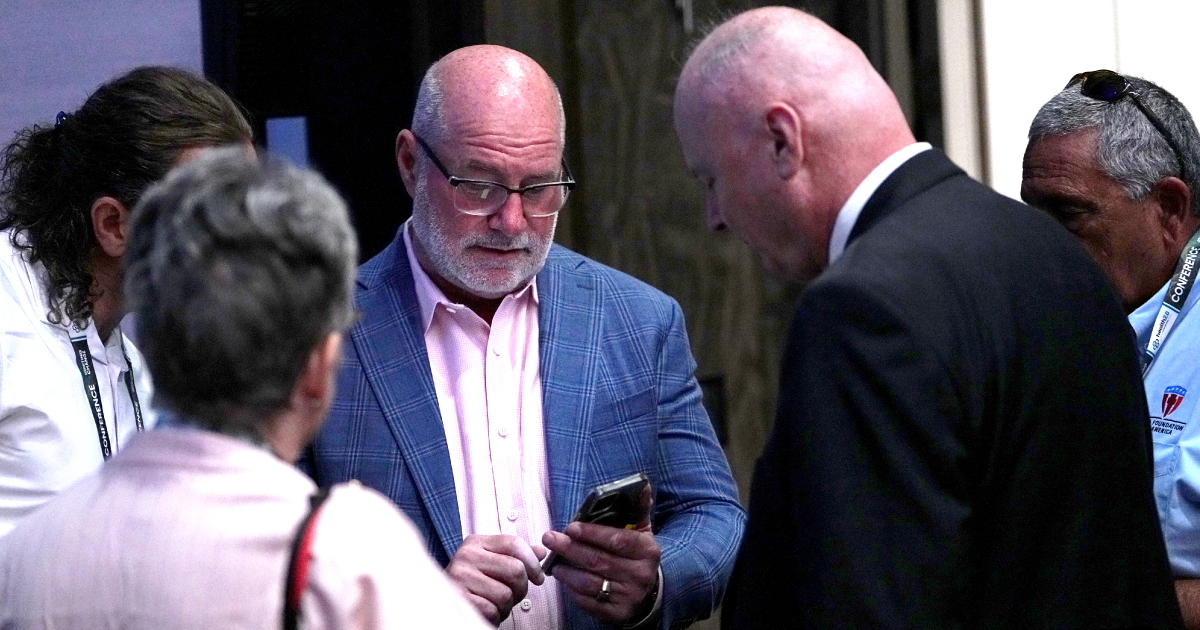In today's digital age, the healthcare sector has embraced technology to streamline processes. Because of this, patient care healthcare operations have been enhanced. But, this increased reliance on technology is not without a strain. It brings a set of challenges in the form of cybersecurity threats.
Healthcare organizations must take steps to protect their systems from cybersecurity scams. This blog covers the pressing issue of cybersecurity in healthcare, exploring the threat of data breaches and scams. Let’s review some legit scam mitigation strategies shared by experts at the Health 2.0 Conference.
The Evolving Landscape Of Cyber Threats In Healthcare
The healthcare industry is an attractive target for cybercriminals. From hospitals and clinics to insurance providers and pharmaceutical companies, every entity within the healthcare ecosystem is susceptible to cyber threats. Here are some key points about cybersecurity attacks in hospitals.
- Sophisticated Attacks
Cybercriminals have become increasingly sophisticated, employing techniques like ransomware, phishing, and malware to breach healthcare systems. These attacks can disrupt operations, compromise patient records, and even demand hefty ransoms.
- IoT Vulnerabilities
The Internet of Things (IoT) has revolutionized patient care with connected medical devices. However, many of these devices lack proper security measures, making them potential entry points for hackers.
- Third-Party Risks
Healthcare organizations often collaborate with third-party vendors for various services. While these partnerships offer benefits, they can also introduce vulnerabilities if proper security protocols aren't in place.
Impact Of Data Breaches On Healthcare Entities
Data breaches in the healthcare sector have far-reaching consequences. They affect not only patient privacy but also the reputation and financial stability of healthcare providers. According to leading health conferences, here's a closer look at the implications:
- Patient Privacy
Healthcare records contain sensitive information, including medical history and personal identifiers. A data breach can lead to identity theft, medical fraud, and emotional distress for patients whose confidentiality is compromised.
- Legal And Financial Ramifications
Regulatory bodies like HIPAA (Health Insurance Portability and Accountability Act) impose hefty fines on organizations that fail to protect patient data adequately. Moreover, data breach victims may take legal action, resulting in substantial financial liabilities.
- Loss Of Trust
Patients trust healthcare providers with their well-being. A data breach erodes this trust, potentially driving patients away and tarnishing the institution's reputation in the long term.

Strategies To Bolster Healthcare Cybersecurity
To mitigate the growing threat of data breaches and scams, healthcare organizations must adopt a proactive approach to cybersecurity. Health 2.0 Conference shares some actionable strategies that can help safeguard sensitive patient information:
- Robust Training And Awareness
Educating employees about cybersecurity best practices is paramount. Regular training sessions on identifying phishing emails, using strong passwords, and recognizing potential threats can significantly reduce the risk of successful attacks.
- Multi-Layered Defense
Implementing a multi-layered security approach involves deploying firewalls, intrusion detection systems, and encryption protocols. This strategy ensures that even if one layer is breached, others can still thwart unauthorized access.
- Regular Vulnerability Assessments
Conducting routine vulnerability assessments and penetration testing helps identify weak points in the network. Addressing these vulnerabilities before cybercriminals exploit them is crucial for maintaining data integrity.
- Vendor Due Diligence
Third-party vendors should meet stringent cybersecurity standards. Healthcare organizations must assess their security protocols and ensure compliance with industry regulations to prevent third-party vulnerabilities.
The Road Ahead: Future Trends In Healthcare Cybersecurity
As cyber threats continue to evolve, healthcare organizations must anticipate future challenges and trends to stay ahead of cybercriminals. Upcoming healthcare events are focussing on spreading awareness about the rising threats and trends in healthcare. Here's a glimpse of what the future holds for healthcare cybersecurity:
- Artificial Intelligence And Machine Learning
AI and ML technologies can analyze vast amounts of data to identify anomalies and patterns indicative of cyber threats. These technologies can enhance threat detection and response capabilities.
- Telehealth Security
The rise of telehealth services necessitates robust security measures to protect patient data during virtual consultations. Implementing end-to-end encryption and secure video conferencing platforms is crucial.
- Blockchain Adoption
Blockchain's inherent security features make it a potential game-changer for healthcare. It can secure medical records, streamline data sharing, and provide a tamper-proof audit trail.
- Collaborative Threat Intelligence
Sharing threat intelligence among healthcare organizations can help create a collective defense against cyber threats. By collaborating and sharing best practices, the industry can become more resilient to attacks.
Empowering Patients In Healthcare Cybersecurity
In the field of healthcare cybersecurity, the role of patients is also crucial. They act as active participants in safeguarding their own data. Empowering patients to be vigilant and informed can contribute significantly to the overall cybersecurity posture. According to popular health conferences, here's a look at how patients can play a vital role in protecting their sensitive information:
- Education On Patient Responsibilities
Patients should be educated about their responsibilities in maintaining the security of their health information. This includes being cautious while sharing personal information online and reporting any suspicious activities promptly.
- Secure Communication Practices
Healthcare organizations can encourage patients to use secure communication channels for transmitting sensitive data, such as using encrypted email services or secure patient portals for sharing medical information.
- Monitoring Personal Health Records
Patients should regularly review their electronic health records to identify any discrepancies or unauthorized activities. By being proactive in spotting irregularities, they can help mitigate potential breaches.
- Strong Authentication Measures
Healthcare providers can guide patients in setting up strong authentication methods, such as two-factor authentication, for accessing their medical records and communicating with medical professionals.
Conclusion
The healthcare sector's digitization brings immense benefits. It also exposes it to escalating cybersecurity threats. Data breaches and scams can wreak havoc on patient privacy, finances, and reputation. However, by staying informed, proactive, and adaptable, healthcare entities can navigate the complexities of cybersecurity threats. The upcoming healthcare event, the Health 2.0 Conference, supports healthcare professionals in achieving this goal.















